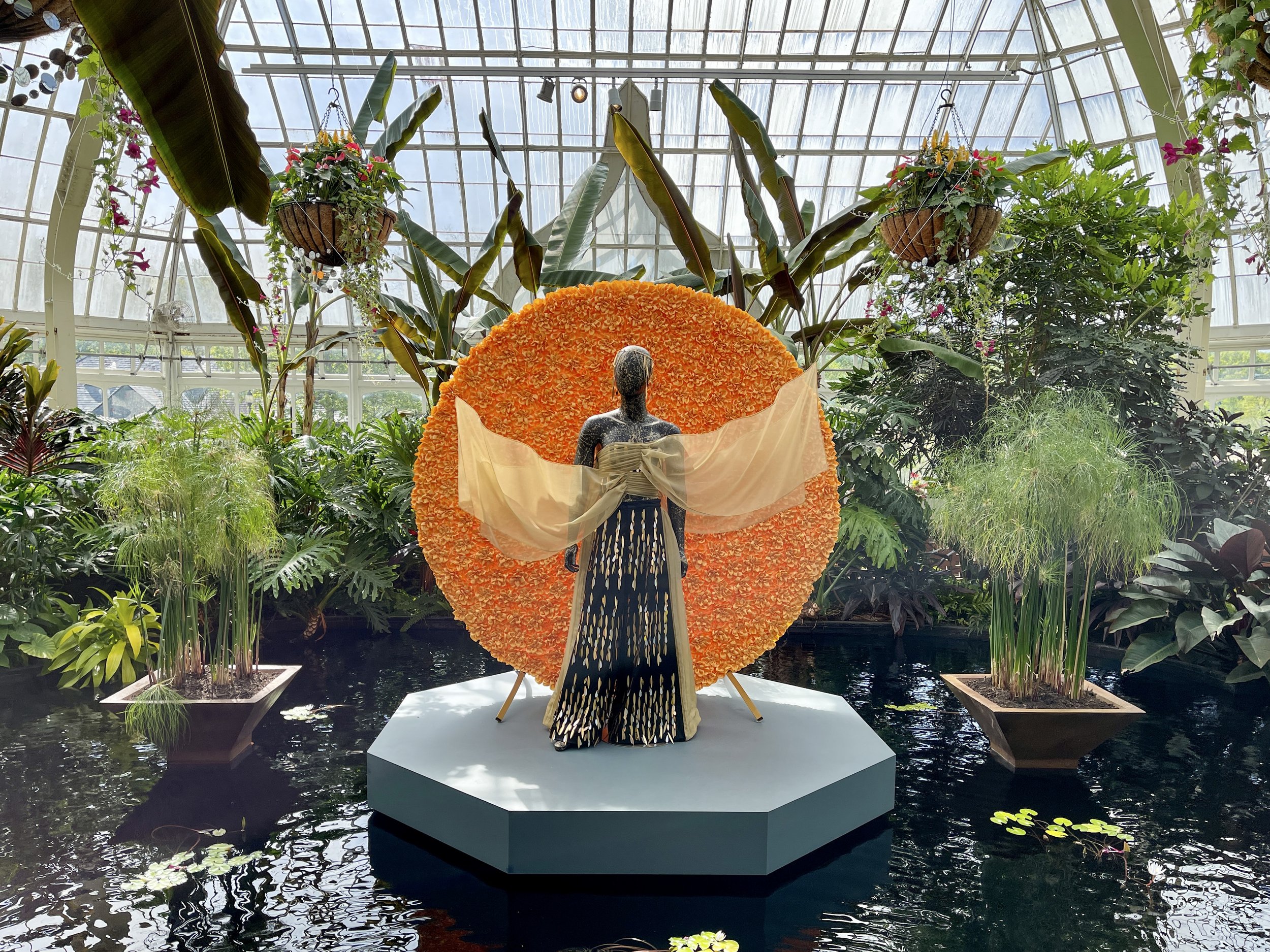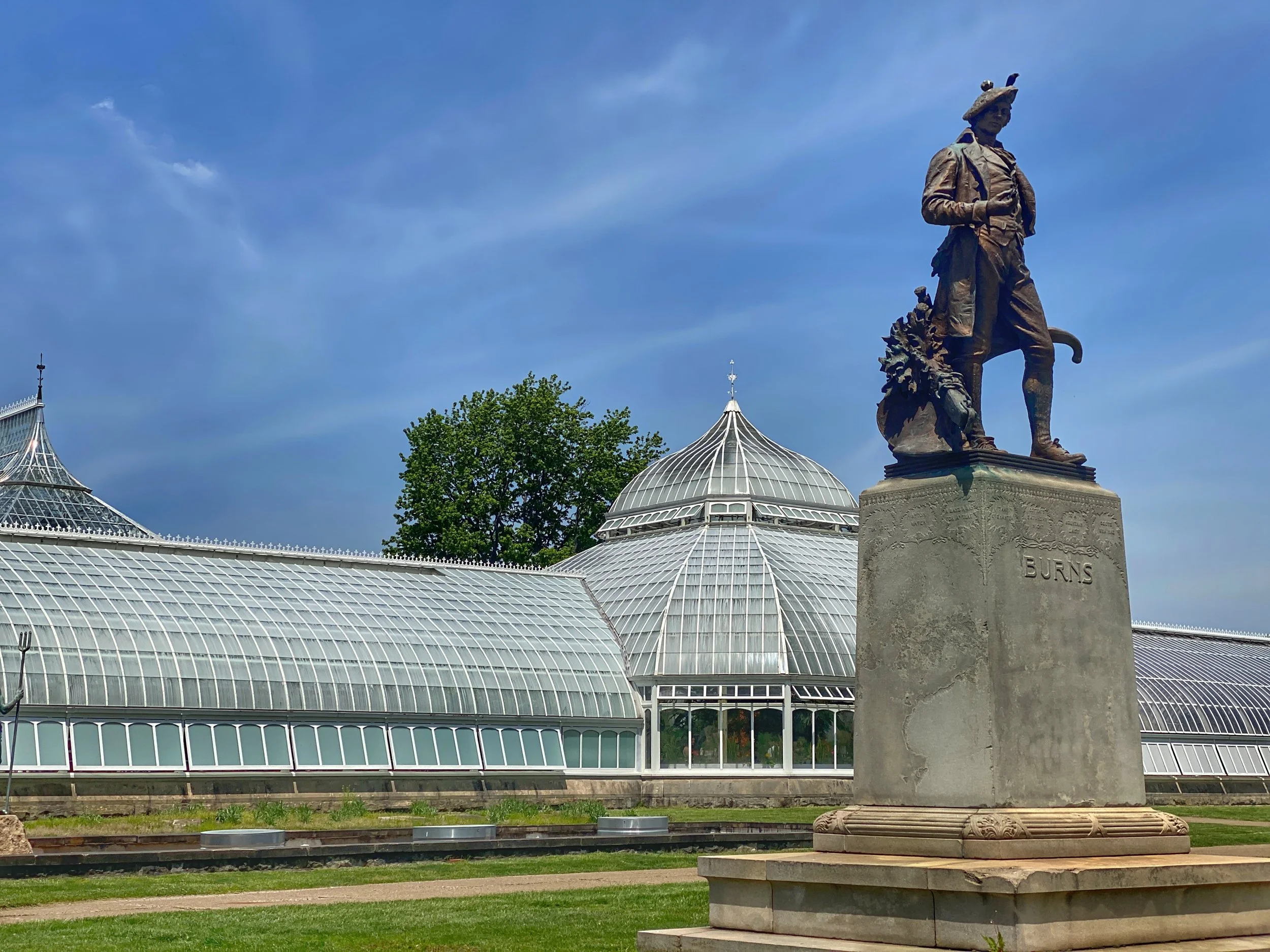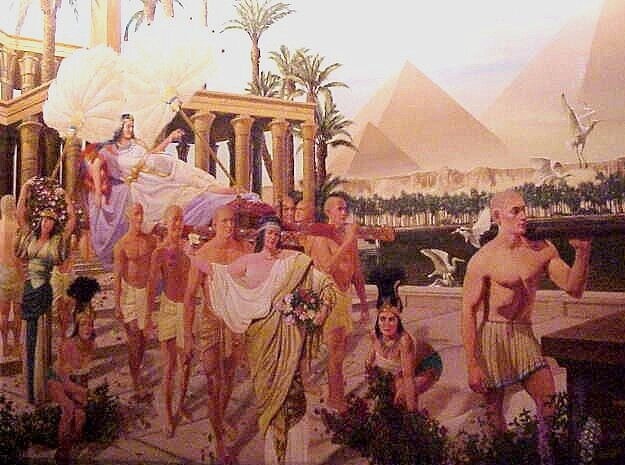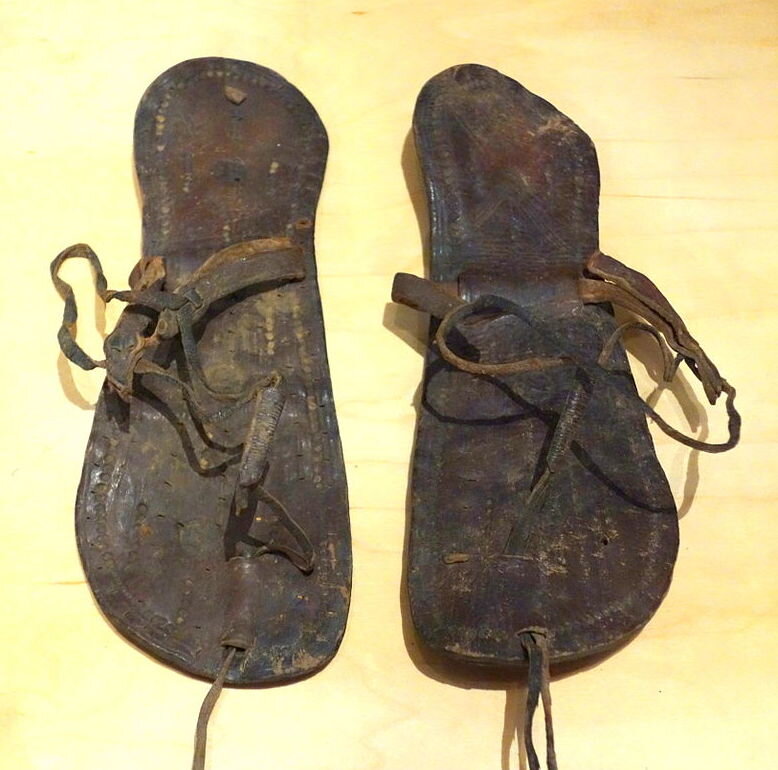What not to wear: Know travel dress codes, from taboo colors to overly revealing or casual outfits. Don’t get kicked out of a plane, church, temple or celebration.
Earlier this year, a few airlines made headlines for enforcing dress codes — turning away passengers for attire deemed inappropriate. In one case, a woman was kicked off a plane for her revealing top, while another passenger faced backlash for her crop top and bike shorts.
While these incidents sparked fiery debates, they’re not as unusual as you might think. Most airlines have rules tucked into their “contract of carriage” that allow them to deny boarding based on attire, hygiene or odors that might disturb others.
“Most airlines have rules tucked into their ‘contract of carriage’ that allow them to deny boarding based on attire, hygiene or odors that might disturb others. ”
These unexpected style enforcements highlight a broader truth: Dress codes exist in more places than we realize. Across the globe, cultural norms and traditions can also trip up unwary travelers. Whether it’s taking off your shoes at the door or avoiding taboo colors at weddings, understanding local expectations can spare you awkward moments. Here’s your guide to navigating fashion faux pas around the world — and what to do instead.
1. Wearing shoes indoors
In many parts of Asia, the Middle East, Scandinavia and Northern Europe, wearing shoes indoors is more than a minor faux pas — it’s a serious breach of etiquette. Shoes track dirt and germs, and leaving them on indoors is seen as disrespectful to the home and its occupants.
How to avoid this faux pas: Look for cues like a shoe rack near the entrance. If in doubt, it’s always polite to ask if you should remove your shoes. Some hosts may even provide slippers for guests.
2. Wearing sunglasses indoors
Sunglasses are a travel staple, offering both UV protection and a chic accessory to elevate your look. But indoors? Unless it’s for medical reasons, wearing sunglasses inside can come across as dismissive or even rude. In situations where eye contact is crucial — like business meetings or personal conversations — shades can act as an off-putting barrier.
How to avoid this faux pas: When you step inside, take off your sunglasses. If you have a medical reason to wear them, a quick explanation can smooth over any misunderstandings.
3. Wearing the wrong colors to events
Colors carry cultural significance, especially at special events. In the West, wearing white to a wedding is a major no-no — it’s the bride’s color. In India, however, white is associated with mourning and considered inappropriate for celebrations. Similarly, red, which symbolizes luck and prosperity in Indian and Chinese weddings, is usually reserved for the bride. And in many cultures, black — linked to mourning — should be avoided at festive gatherings.
How to avoid this faux pas: When invited to a wedding or cultural event, research traditional color customs or ask your host for guidance.
4. Wearing revealing clothing
Conservative dress codes in countries like Iran or Saudi Arabia aren’t just preferences — they’re often enforced by law. Exposing shoulders, knees or cleavage, or wearing tight or flashy outfits, can be seen as deeply disrespectful. Even in more relaxed destinations like Dubai, conservative attire is expected in certain areas.
How to avoid this faux pas: Pack loose, modest clothing that covers shoulders, arms and legs. A lightweight scarf or shawl can help you adjust quickly to stricter environments.
5. Wearing a hat indoors
In many Western countries, such as the United States, Canada and parts of Europe, keeping your hat on indoors can come across as disrespectful. This custom, rooted in historical etiquette, symbolizes politeness and humility — especially in places of worship, someone’s home or formal settings like a nice restaurant.
How to avoid this faux pas: When entering a building, especially a church, home or any place where respect is expected, take off your hat. If unsure, watch what locals are doing and follow suit.
6. Exposing the soles of your feet
In the Middle East, Thailand and other parts of Asia, showing the soles of your feet can be a major cultural misstep. Feet are considered the lowest — and dirtiest — part of the body, and exposing or pointing them at someone is viewed as deeply disrespectful. This can extend to sitting positions, particularly if your feet face others or sacred objects.
How to avoid this faux pas: Avoid sitting with your legs crossed in a way that points your feet toward anyone. When visiting temples or someone’s home, follow the locals’ lead and keep your feet flat or tucked beneath you.
7. Wearing camouflage
Planning to show off your trendy camo-print top on a Caribbean getaway? Think again. In countries like Barbados, Jamaica, Trinidad and Tobago, the Philippines, and parts of Latin America (such as Peru and Venezuela), camouflage is strictly reserved for military personnel. Civilians caught wearing it could cause misunderstandings — or even face fines, confiscation or detention in some cases.
How to avoid this faux pas: Leave the camo at home. If you’re heading to these countries, pack other patterns or neutral options to avoid any trouble.
8. Wearing overly casual clothing inside churches
Visiting a stunning European cathedral like the Vatican? Be mindful of what you wear. Many churches in Italy, Spain and France have dress codes that prohibit sleeveless tops, short skirts or anything too casual. These sacred sites demand a level of respect reflected in your attire.
How to avoid this faux pas: Bring a scarf or shawl to cover your shoulders, and opt for knee-length skirts or pants. When in doubt, a modest outfit is always a safe bet for religious sites.
Dress to Impress (and Show Respect)
From airline gates to cultural celebrations, what you wear can say more than you realize. A little research and mindfulness go a long way toward ensuring you don’t just fit in but stand out for all the right reasons.
So, the next time you’re packing, remember: A suitcase filled with respect and awareness will never go out of style. –Francesca Chamberlain
RELATED: Do’s and Don’ts of Visiting Bali




















































































